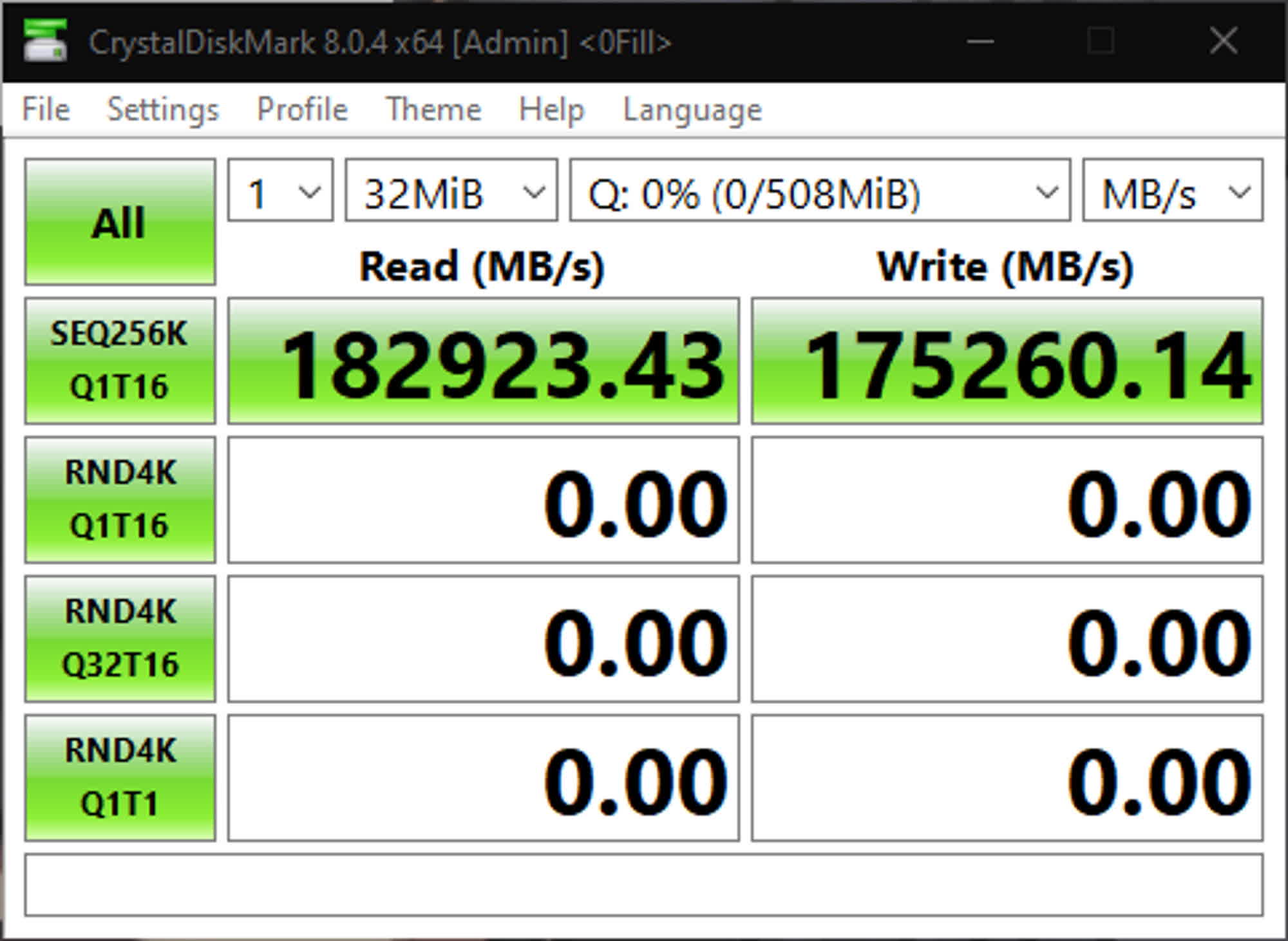Why it matters: A RAM drive is traditionally conceived as a block of volatile memory “formatted” to be used as a secondary storage disk drive. RAM disks are extremely fast compared to HDDs or even SSDs, but someone was able to go even beyond what the fastest solid storage technology can currently reach at this point.
A resourceful user was able to turn the tiny 3D cache memory built by AMD in its latest consumer processors into a secondary, albeit puny storage unit. This peculiar “RAM disk” turned out to be extremely fast, but the method to create it isn’t straightforward as it requires some trial-and-error work.
AMD introduced its 3D V-Cache technology in 2022, with a new packaging solution that stacks additional layers of cache memory on top of the CPU. The complex engineering work provides the processor with a larger amount of L3 cache, which is of course slower than L1 and L2 cache but still good enough to give Ryzen 7 CPUs a performance advantage over the competition.
The ability to turn AMD’s 3D V-Cache into an impossibly fast RAM drive was first discovered in February by a user that goes by the moniker Nemez on X/Twitter. The user exploited OSFMount‘s ability to mount local disk image files and create RAM disks, making CrystalDiskMark run within the newly created virtual drive with “very specific settings.”

The L3 cache drive created by Nemez on a Ryzen 7 5800X3D CPU had just 96MB of storage space, but it was fast enough to reach read/write speeds of 182 GBps/175 GBps. Nemez recently made some advance tests, achieving even more “puzzling” results with the cache drive’s insanely fast data throughput.
According to PassMark Software, the company that created OSFMount and other free benchmark programs admire OSForensics, the cache drive created by Nemez is officially the “fastest RAM drive” available in software to date. As other users on X/Twitter are now highlighting, the RAM disk creation method doesn’t always work and it can yield inconsistent results.
Nemez discovered that RAM disks created with OSFMount can reach unprecedented data transfer rates, but AMD’s 3D V-Cache can be even faster when used for its intended purpose. First-generation 3D V-Cache is good enough for a 2 TB/s peak throughput, AMD states, while data bandwidth is even higher (2.5 TB/s) on the second-generation variant of the technology.

